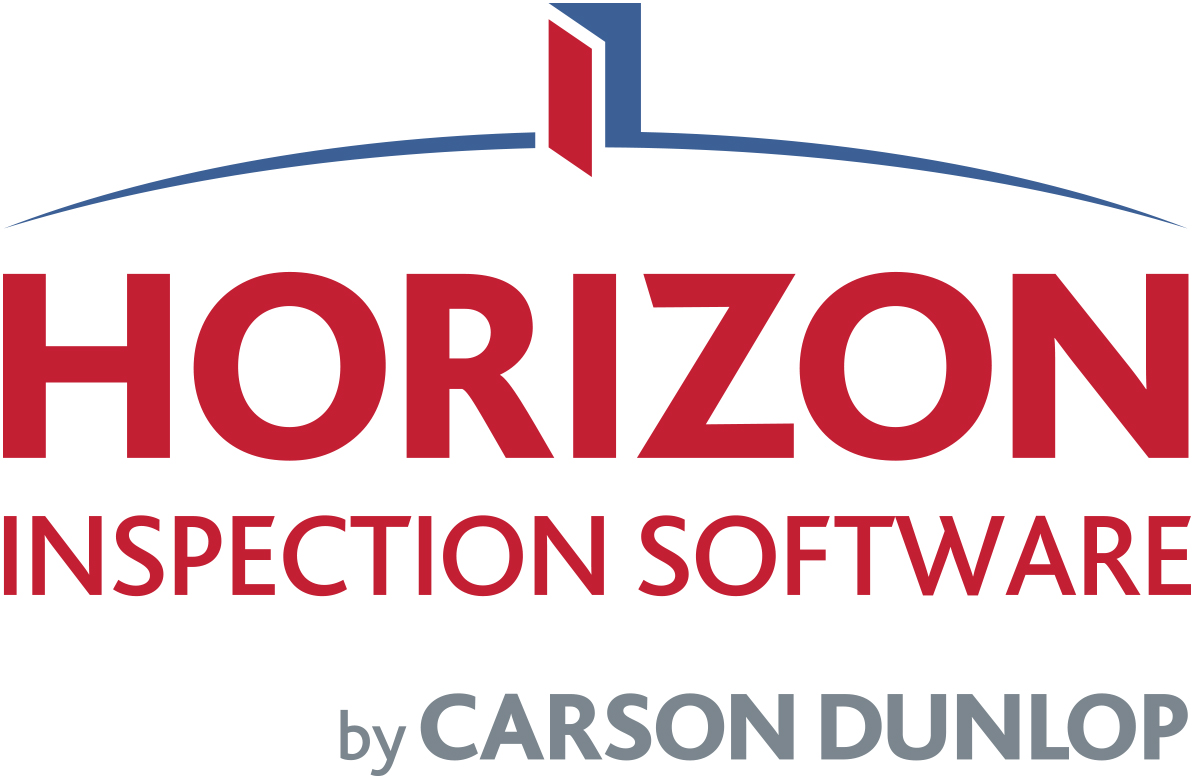How to Write Exceptional Home Inspection Reports – Part One
Creating professional reports that are easy to understand in less time is fundamental for success as a home inspector. To achieve this, many inspectors have come to rely on the convenience of home inspection software for efficient report writing. In this two-part series, we take a look at why and how to write exceptional home inspection reports.
Do I Really Need Written Reports?
High-quality reports are critical to achieving success in home inspection. Reports help homeowners to buy, sell, or manage their home and make informed decisions, while providing a convenient reference. On top of this, the law requires a written report in many areas, and most professional associations and insurers do, too. Quality reports minimize your liability and can work as a marketing tool for your business.
Before You Write Your Report
Before getting started with your home inspection reports, begin by sorting out the contract and inspection standards with the client and agent to ensure that everyone’s on the same page. It’s important to align expectations before the fact, so clients are not disappointed after. Home inspectors as a group do not do a good job helping clients understand the scope of a professional home inspection. Save time during the inspection and reduce your liability by getting the client to sign the contract well ahead of the inspection.
What to Include in Your Report
There are many elements to home inspection reports, and it’s a good idea to create a checklist to ensure that you don’t miss anything. Most home inspection software includes features to help with this.
Descriptions and Limitations
Descriptions of house components are required by most professional association standards of practice and in some cases, by state or provincial laws. Minimize descriptions of the home, and keep them short and general, to avoid confusing the client and to reduce your liability. When describing a roof for example,, it’s better to say “wood” than “cedar”, because incorrectly describing pine shingles as cedar can be very expensive if the clients ask you to provide them a cedar roof. We’ve also found that clients prefer a bullet-point approach because it’s easier to read and reference. Very few people like reading long narrative reports today.
Next, note any limits that prevented you from fully inspecting any component in the home. General limitations are typically described in standards of practice. It’s effective to include those with your report so you don’t have to reiterate them in your text. This also makes it clear that these are industry standards rather than rules you made up. Standards make it clear that you are not inspecting specialty components like alarm systems, performing a design review, etc. You should include in your report any limitations that were specific to the home, such as storage blocking access to a crawlspace. Report how you were limited, why it may be important, and what the client should do.
Your Expert Opinion with Recommendations
This includes observations, defects, concerns, and anything else you feel is important. Explaining the implications of any conditions helps the client understand why it’s important to take action.
It’s optional that you include the life expectancy of household components. This is not the actual life remaining, but the general life expectancy and current age of the component. You also don’t have to mention the failure probability since this may increase your liability. However, if you do see something likely to fail soon and cause a significant problem, note it in your report.
Clients like ballpark costs about repairs or other maintenance and reports; however, this is not allowed by law in certain areas. If it is allowed in your area, it is maybe a strong competitive advantage to provide cost estimates in your home inspection reports. This provides your clients with much better service, but increases your liability.
Report writing is a lot easier when you have a plan in place. In Part Two, we continue to look at what to include in your report, and focus on meeting the needs of your client.
We’ll see you at part two!
